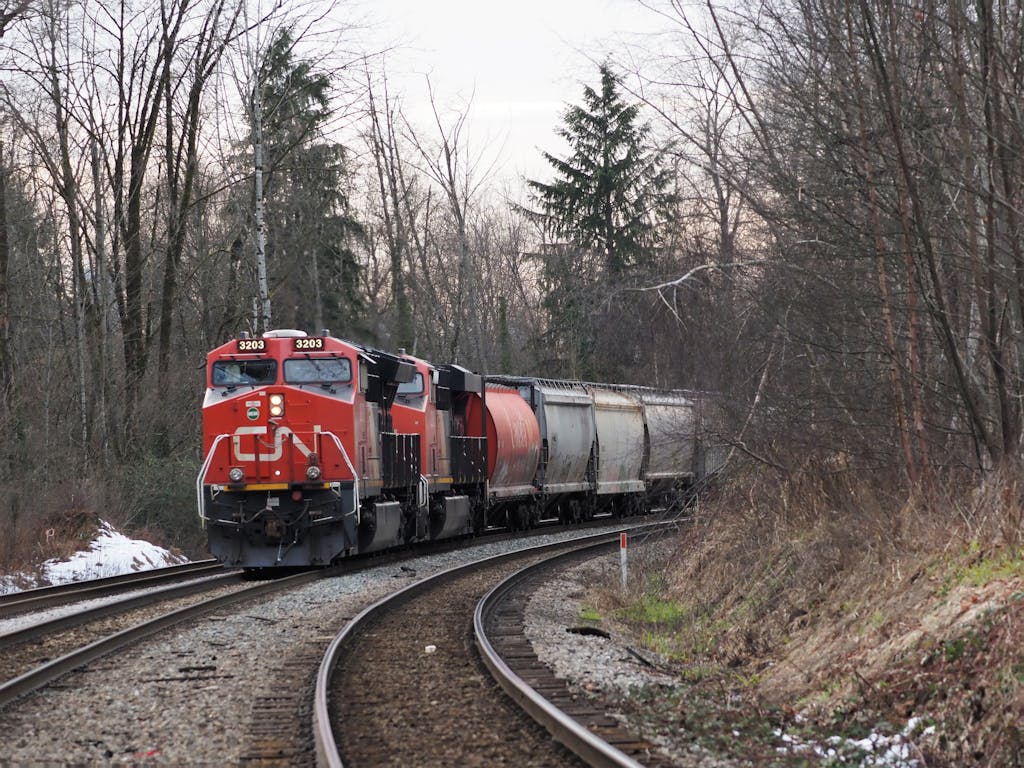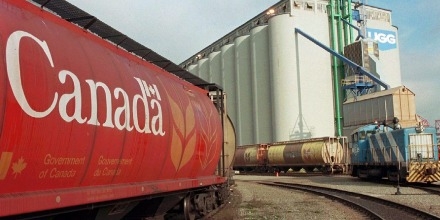Rain put a damper on harvest progress in Saskatchewan this past week but some progress was still made and is welcomed by producers in drier areas.
Harvest is at 79 per cent complete, up from 74 per cent the previous week and ahead of the five year average of 75 per cent and ten year average of 69 per cent. The southwest is almost done at 96 per cent, the southeast is at 83 per cent complete, the east-central 75 per cent, west-central 70 per cent, and the northeast and northwest sit at 65 per cent complete.
Harvest is done for winter wheat, triticale, and field peas, and the harvest of fall rye and lentils is almost done. For spring-seeded crops, durum is the closest to being completely harvested at 95 per cent, followed by chickpeas at 93 per cent, barley at 91 per cent and spring wheat at 85 per cent. Oats is 75 per cent combined and canary seed is 68 per cent. For oilseed crops, mustard is 93 per cent harvested followed by canola at 56 per cent, and flax and soybeans are the furthest behind at 42 per cent and 32 per cent complete, respectively.
Crops Extension Specialist with the Ministry of Agriculture Meghan Rosso says the moisture is welcome to areas where it’s been really dry as well as pasture land. Most of the rain was recorded in the southwest region. The Gouldtown area had 100 mm, the Richmound area had 82, Eston 81, Neidpath got 78 and the Admiral area received 75 mm.
While rainfall kept combines in the shed, it did improve soil moisture levels. Cropland topsoil moisture is rated as 64 per cent adequate, 32 per cent short and four per cent very short. Hayland is rated as 60 per cent adequate, 33 per cent short and seven per cent very short. Pasture topsoil moisture is rated as 53 per cent adequate, 37 per cent short and 10 per cent very short. Rosso says some producers are concerned about crop quality as a result of the rain and are hoping for drier conditions so they can get what’s left off the field. Others are hoping for additional moisture to replenish soil moisture for next year.
The report also indicated livestock producers took an inventory of water supplies going into the fall. The report says “59 per cent indicate there are no shortages occurring or anticipated with 31 per cent indicating they have moderate shortages. Additionally, 85 per cent of producers reported no concerns about water quality for their livestock. Producers in the southwest and west-central regions of the province are expressing higher concerns about livestock water shortages and reduced water quality.”
Crop damage this past week amounted to wind, wildlife, and migratory birds.
Producers are busy baling or hauling bales, fencing, cleaning corrals, harrowing combined fields and spraying for fall weed control. Some producers have started seeding winter cereals.



